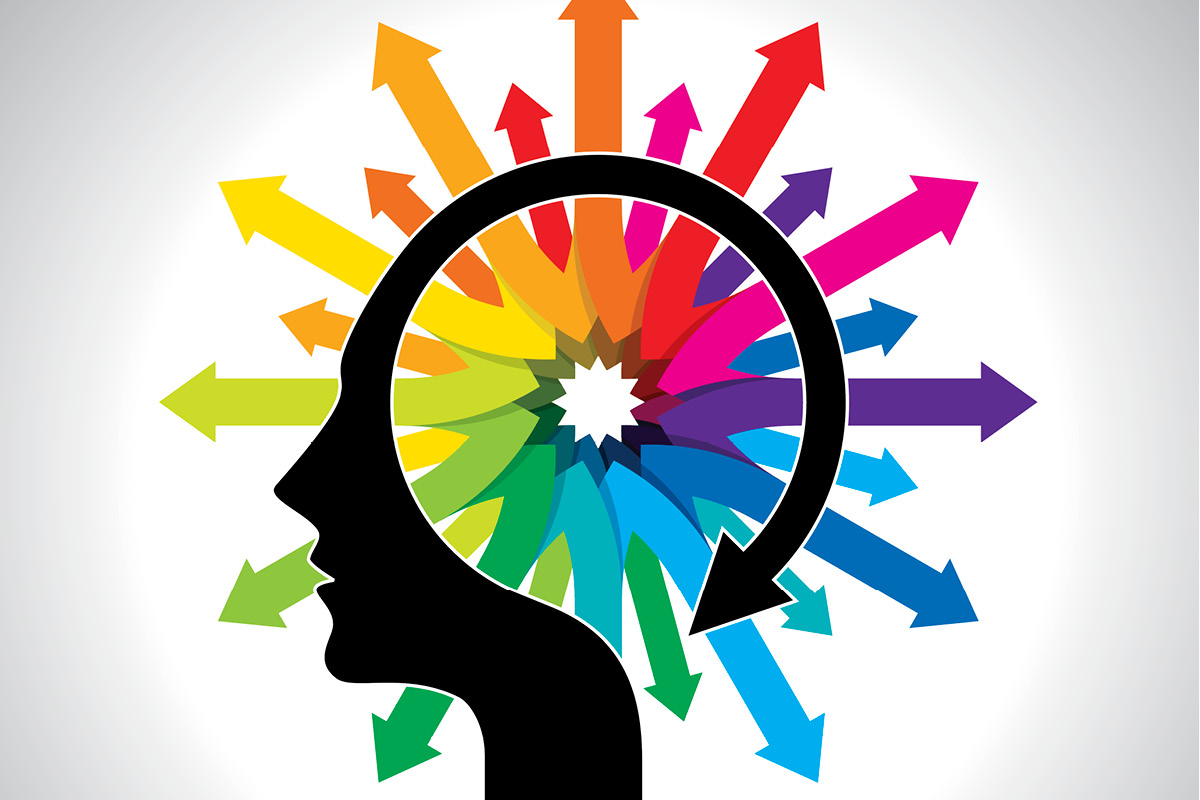If we had to list all the leadership models that are available today that proclaim to assist you to be more engaging, effective leaders, our brains would simply get up and leave. The absolute mountains of these models can be confusing even for the most astute. Although now and again one comes along that not only makes sense, it is useable and stands the test of time. Stephen R Covey in his book 7 Habits of Highly Effective People outlined very useful tips for any leader. It is well worth a read. Here, we focus on the one ‘habit’ that is observed in leaders most often.

When Covey investigated those people that seem to achieve more out of their day, influence others and remain calm when all those around are falling apart, he found they implement a particular strategy that others don’t. The great part about this, is that when we understand the strategy, we can ‘install’ it into our world and achieve similar results.
The first thing about the model is that it starts with a distinct belief set. The people who are achieving more, understand that life doesn’t just happen – life is designed by your thoughts and the way that you react to situations.
Proactive people are those that take responsibility for their lives. You choose if you’re sad! You choose if you are happy! Whereas, reactive people are those that are affected by their physical environment and blame that for their behaviour. For example, when the weather is good they feel good or if the meeting didn’t go well, they are angry. Ultimately the difference between the 2 types is the way that they filter and respond to outside stimuli.
The ‘Circle of Control’ and ‘Circle of Influence’ are excellent models for us to start ‘filtering’ where our focus lies.
Circle of Control
Ask yourself: ‘What can I control?’ What is your answer?
The only things that you can control are:
-
Your reaction:
If you drop a cup of coffee, the way that you react is up to you. Or someone pulls in front of you in traffic, the way you react is your choice. A deal falls through.
-
Your emotions:
Having a bad day? That’s your choice. Happy? Sad? Frustrated? All your choice.
This conversation is about empowering you to have the day on your terms. Feelings are a natural human response, although the question you need to ask is, ‘Does this response empower me to move forward or does it hold me back?’
Circle of Influence
You have decided what you can or can’t control in a situation; it is now time to ask yourself: ‘What can I influence?’ What is your answer?
Once you have answered this you have 2 options:
-
If you believe you can influence it, then do something about it.
Many people believe they can influence a situation then choose not to, because it is a difficult conversation, for example. Empowerment comes from action – not just thinking about action.
-
Let it go
If you can’t influence it (i.e. a drop in stock price) or can’t influence it right now (i.e. it is daytime where your office is and the person you want to speak to is asleep in the opposite hemisphere), or don’t want to take action to influence it, then move on to ‘Let it go’.
Let it go
It is as simple as that – let it go. If you cannot control something or influence it (or you choose not to), then let the emotion and thoughts, good or bad, fade away.
Examples that we see most often are:
- Something is happening in a team that the leader has no direct responsibility for.
- Media comments about the leader or the organisation they are responsible for.
- Decisions made by external organisations that have a negative impact on your business.
- Sitting in a meeting and thinking about other duties that need to occur outside that arena.
There is limited time in a day and leaders only have a certain level of energy to give. This process allows you to manage your energy and time more effectively and, as such, get greater results from the





